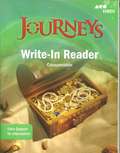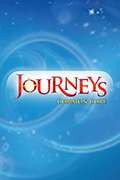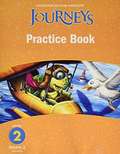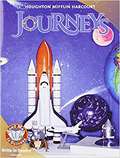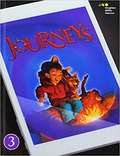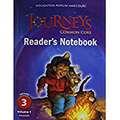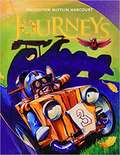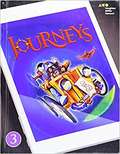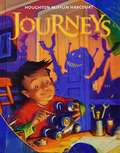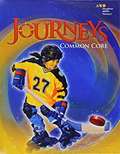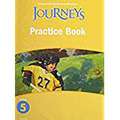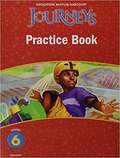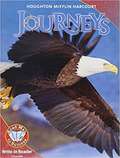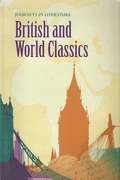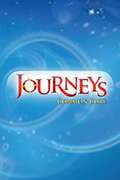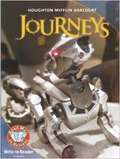- Table View
- List View
Journeys Common Core, [Grade 2], Unit 3, Decodable Readers
by Houghton Mifflin HarcourtNIMAC-sourced textbook
Journeys Common Core, [Grade 2], Unit 4, Decodable Readers
by Houghton Mifflin HarcourtNIMAC-sourced textbook
Journeys Common Core, [Grade 2], Unit 5, Decodable Readers
by Houghton Mifflin HarcourtNIMAC-sourced textbook
Journeys Common Core, [Grade 2], Unit 6, Decodable Readers
by Houghton Mifflin HarcourtNIMAC-sourced textbook
Journeys Common Core: Write-in Reader (Journeys)
by Houghton Mifflin Harcourt Publishing Company StaffJourneys Grade 2 Volume 1
by Houghton Mifflin HarcourtWith Common Core-based instruction integrated into every unit and lesson, Journeys provides the resources needed to plan and assess effectively, as well as teach and engage your students. Teacher and student resources are available in print, online, and through mobile applications that provide anytime, anywhere access to program resources and materials.
Journeys Grade 2 Volume 2
by Houghton Mifflin HarcourtVolume 2 of the 2 volume set of the Common Core Student Edition which features vocabulary, comprehension, grammar, writing instruction pages, and the Anchor Text as well as a Connected Text for each lesson.
Journeys Grade 2, Volume 2: Practice Book
by Houghton Mifflin HarcourtReading textbook for 2nd graders.
Journeys Grade 3 Volume 1
by Houghton Mifflin HarcourtJourneys: Common Core: Language Arts Textbook
Journeys Grade 3 Volume 1
by Houghton Mifflin Harcourt StaffJourneys is a research-based, comprehensive English Language Arts program developed by literacy experts and backed by proven results.
Journeys Grade 3 Volume 1: Reader's Notebook
by Editors at the Houghton Mifflin HarcourtMeant for Grade 3 students, this volume is very useful to enhance students' reading skills with exercises under each chapter.
Journeys Grade 4
by Houghton MifflinYou're about to set out on a reading journey that will take you from the underwater world of a Japanese folktale to the American wilderness of Sacagawea in 1804. On the way, you'll learn amazing things as you become a better reader.
Journeys Grade 5
by Houghton Mifflin HarcourtJourneys is a research-based, comprehensive English Language Arts program designed to provide solid instruction that is clear and focused with realistic pacing and manageable resources.
Journeys Grade 6: Practice Book
by Houghton Mifflin HarcourtJourneys: Practice Book Consumable Grade 6
Journeys Grade 6: Tier 2 Write-in Reader
by Houghton MifflinLearn more about good writing by practicing with this book.
Journeys I (Passport Reading)
by VoyagerThe book facilitates conversion of reading skills into day to day activities.
Journeys In Literature British and World Classics
by Tim Mansfield Stephanie Shaw Joel Storer Elia Ben-Ari Mary DesmondJourneys In Literature British and World Classics by Tim Mansfield, Stephanie Shaw, Joel Storer, Elia Ben-Ari, and Mary Desmond.
Journeys NCC Grade 4 (Student Edition)
by Houghton MifflinJourneys NCC Student Edition Grade 4 by Houghton Mifflin
Journeys Readers Notebook, Volume 2 Grade 3
by Houghton Mifflin HarcourtExercises to strengthen your understanding of what you've read and how grammar works.
Journeys Through Space, Unit 4: Patterns in the Sky
by Wright Group/McGraw-HillNIMAC-sourced textbook
Journeys Tier 2 Grade 4: Write-in Reader
by Houghton Mifflin HarcourtThis Road Map to Success contains 30 lessons in 6 units.

